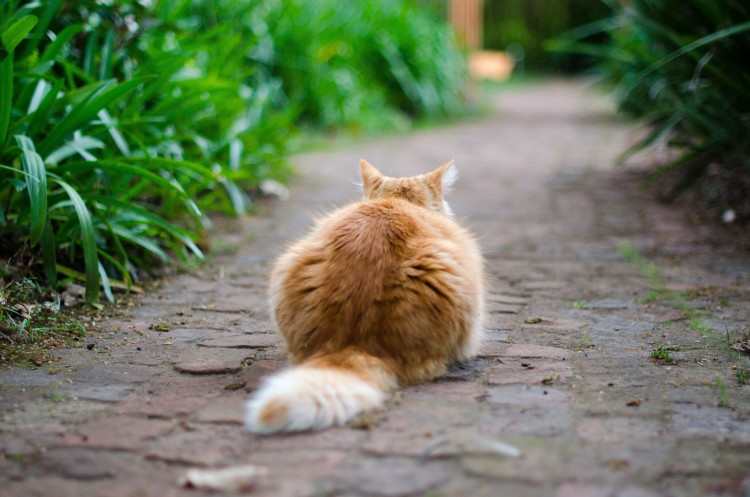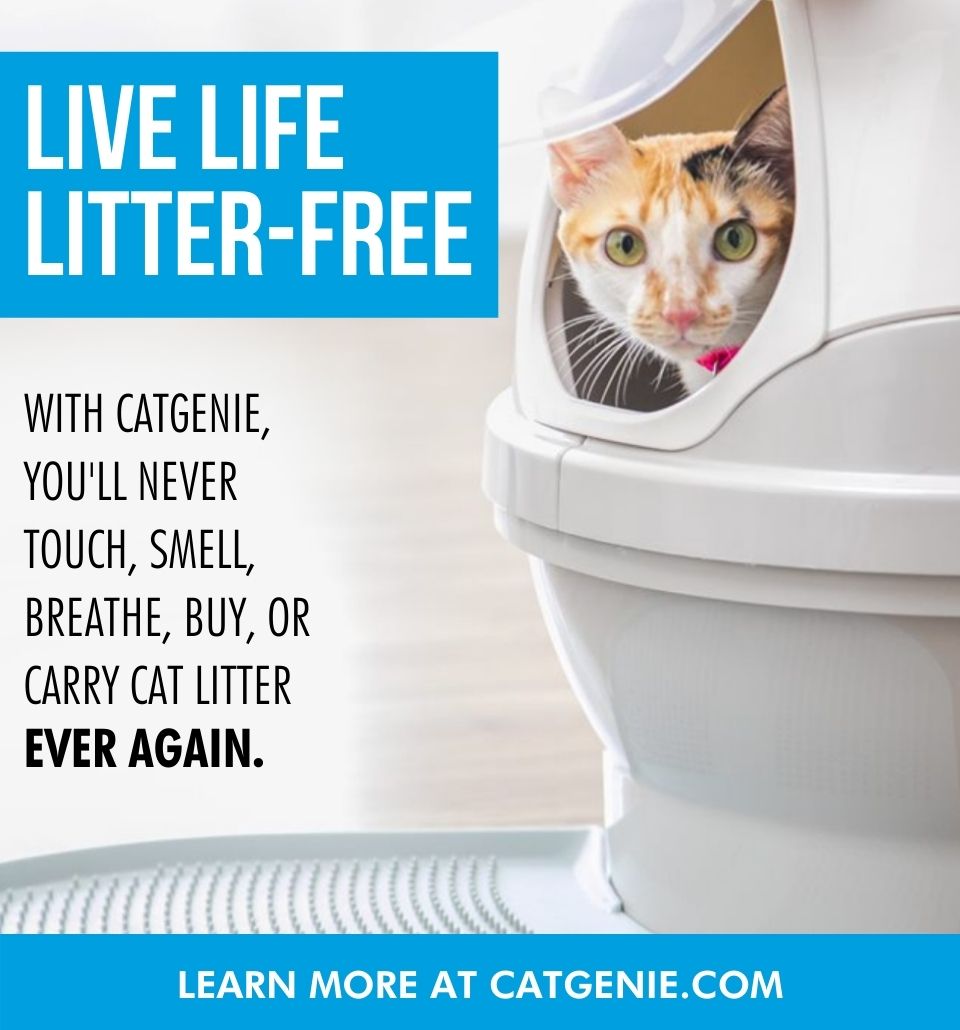Look, we have to talk. It’s serious business, so stow the catnip and put down the cat keyboards. Settle in.
Cats? Cats are miniature murder machines.
I mean, cats are adorable. We love them, we shelter them, but we all know – either straight up, or down deep inside – that cats’ first love is murder. They domesticated us, not the other way around, after all – humans gathered together into civilizations, we built granaries, we attracted rodents, and the miniature murder machines came. They found much prey, warm hearths, and bizarre large hairless animals willing to pet them and feed them. Thousands of years ago, they became our helpmeets and gods; today, they have become talk show hosts and YouTube sensations.
We brought cats in from the cold; now it’s time we keep them inside.
What I mean to say is this: house cats have a devastating effect on the local ecology. Unless you live on a farm, there’s no real reason you need an outside mouser. Cats come with that murderous instinct regardless, so letting Mr. Fluffy (whose secret name among his people is SLAUGHTERMAUS) outside in your regular urban neighborhood is like declaring war on all local squirrels, chipmunks, lizards, birds, and more.
There’s proof: from November 2010 through October 2011, researchers at the University of Georgia (in partnership with National Geographic’s Crittercam program) attached Kitty Cams to 60 urban house cats in and around Athens, Georgia. Their conclusions can be read in full science-speak in several publications – you can find PDFs under the Research tab at UGA’s Kitty Cams page – and have been summarized by lead author Kerrie Anne Loyd on American Bird Conservancy:
“In Athens-Clarke County, we found that about 30 percent of the sampled cats were successful in capturing and killing prey, and that those cats averaged about one kill for every 17 hours outdoors or 2.1 kills per week. … We found that house cats will kill a wide variety of animals, including: lizards, voles, chipmunks, birds, frogs, and small snakes.”
A contemporary study at the University of Nebraska is also studying what havoc feral cat colonies wreak on local communities and native wildlife. Their results were similarly OMGWTFBBQ, concluding that “[f]eral cats are invasive and pose a threat to native fauna and public health.” Of course, a feral cat is quite different from an owned house cat allowed outside as those of us shouting “Mr. Fluffy ain’t feral!” would be quick to point out. Unfortunately, recognizing whether a cat is owned or feral isn’t always obvious for others and, as repeatedly proven, all cats hunt.
Let’s be clear: just because cats have these natural instincts to hunt prey does not make them bad or dangerous pets. As any cat person knows, humans can have complex, nurturing, and mutually beneficial relationships with these miniature predators. Cats, just like people, are so much more than their base instincts. The answer to concerns about pet cat predation and its ecological effects is not to question our domestic relationship with our furry companions – the answer is to keep your cat inside. Let Mr. Fluffy hunt Dave the Flying Catnip Mouse and Sam the Salmon Kicker Toy rather than going all SLAUGHTERMAUS on the unsuspecting wildlife. Your kitty will thank you.
Help Cats Live Long and Prosper!
Well, technically, cats thank nobody for nothin’, but they’ll be happy nevertheless and live longer, healthier lives. Keeping your cat inside isn’t only a matter of ecological preservation – it’s a loving and protective measure. You’re basically saluting your cat with, “SLAUGHTERMAUS, live long and prosper!” After all, according to Vetinfo.com, outdoor cats live an average 2 to 3 years less than cats who live indoor-only. Why? Because modern day human metropolises are danger zones, and our kitties aren’t top gun fighter pilots.
Cats are exposed to the many dangers of urban living when let outside – automobiles, eating and drinking uncontrolled substances, getting into dangerous places like storm drains or crawl spaces, or fighting with other animals (who could be carrying diseases). You can get a look at actual scientific data on these dangers at UGA’s Kitty Cams page. We’re responsible for creating these dangers, and we’re responsible for loving our pets and helping them live long, healthy lives.







